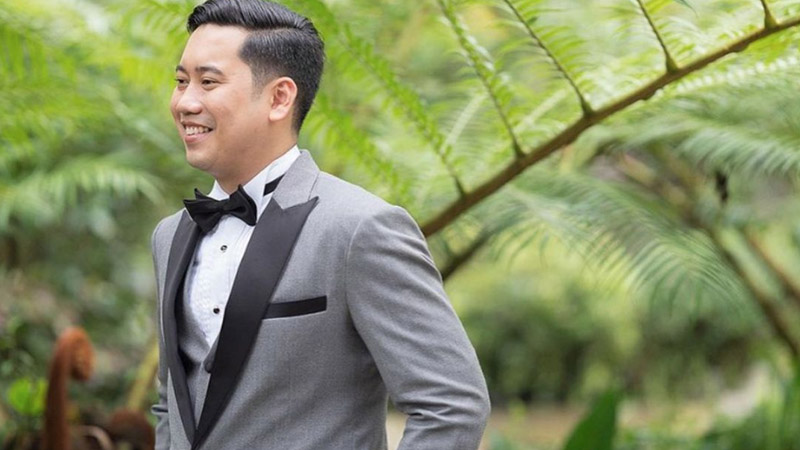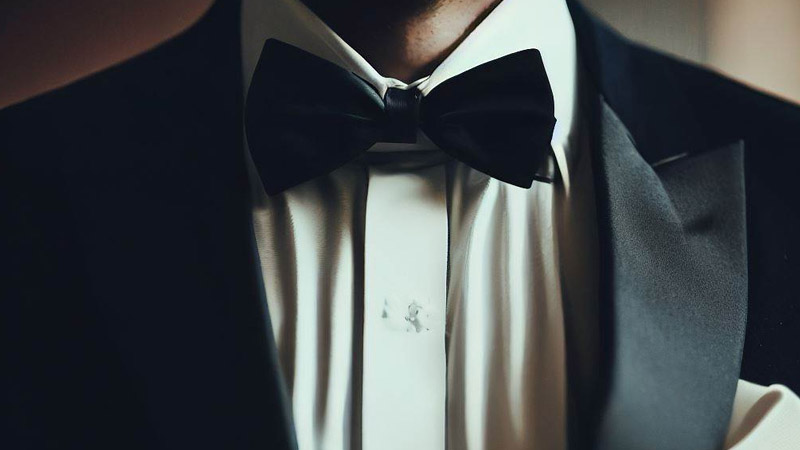Numerical Manual for Men’s Style: Highlighting Tuxedo Suits

The world of men’s fashion is vast and varied. While there are countless options for men’s clothing, few items make a statement like a well-tailored tuxedo suit. The essence of this article, “Numerical Manual for Men’s Style: Highlighting Tuxedo Suits,” is to dive into the specifics of the tuxedo suit – its history, its relevance, and the art of styling it with precision and grace.
The tuxedo suit, born in the mid-19th century, has been a staple in men’s wardrobes for formal events ever since. Its roots lie in British and American traditions, but it has since spread worldwide. The tuxedo is often seen as a symbol of elegance, status, and respect. Yet, the art of wearing a tuxedo isn’t merely about putting on the suit; it’s about understanding the suit’s structure, knowing your measurements, and most importantly, owning your style.
Understanding the suit’s structure is crucial. A traditional tuxedo consists of several components: a dinner jacket, trousers, a waist covering (either a waistcoat or cummerbund), a formal shirt, a bow tie, and often, but not always, a formal pair of shoes and cufflinks. Each of these pieces adds up to the overall elegance that a tuxedo suit exudes. But the sum is only as good as its parts; each piece must be selected with care and tailored to perfection.
This leads us to the importance of knowing your measurements. A well-fitted tuxedo is not an accident; it’s a result of precise measurements and expert tailoring. The chest, waist, hip, arm length, and inseam measurements are key factors in achieving the perfect fit. An ill-fitted tuxedo can significantly detract from its intended elegance. Thus, spending time getting accurate measurements can make the difference between a suit that merely covers you and a suit that enhances your presence.
Knowing your measurements is only half the battle; you must also understand how to translate those numbers into a perfectly tailored tuxedo suit. This is where the help of a professional tailor comes in handy. A skilled tailor can take your measurements and craft a tuxedo that fits like a second skin. This level of tailoring is crucial for special events, where a man wants to look his best.
Lastly, but certainly not least, is the aspect of personal style. While the tuxedo suit is often seen as a uniform for formal events, there are ways to infuse your personality into your suit. The choice of color, the texture of the fabric, the style of the cufflinks, or even the fold of the pocket square can add personal touches to your tuxedo. Embracing these nuances allows a man to not just wear a suit, but to own his look, transforming him from just another guy in a suit to a gentleman who knows his fashion.
The world of tuxedo suits is more than just tradition; it’s a world of numbers and precision. It’s a world that demands respect for the craft, attention to detail, and an understanding of personal style. When these elements come together, they create not just a suit, but a statement of elegance, confidence, and style.
In the “Numerical Manual for Men’s Style: Highlighting Tuxedo Suits,” we’ve peeled back the layers of the tuxedo suit, delved into its structure, emphasized the importance of measurements, and shone a light on personal style. This comprehensive guide serves as a blueprint for any man looking to navigate the world of tuxedo suits with grace and finesse. Remember, style is personal, but a good fit is universal.
